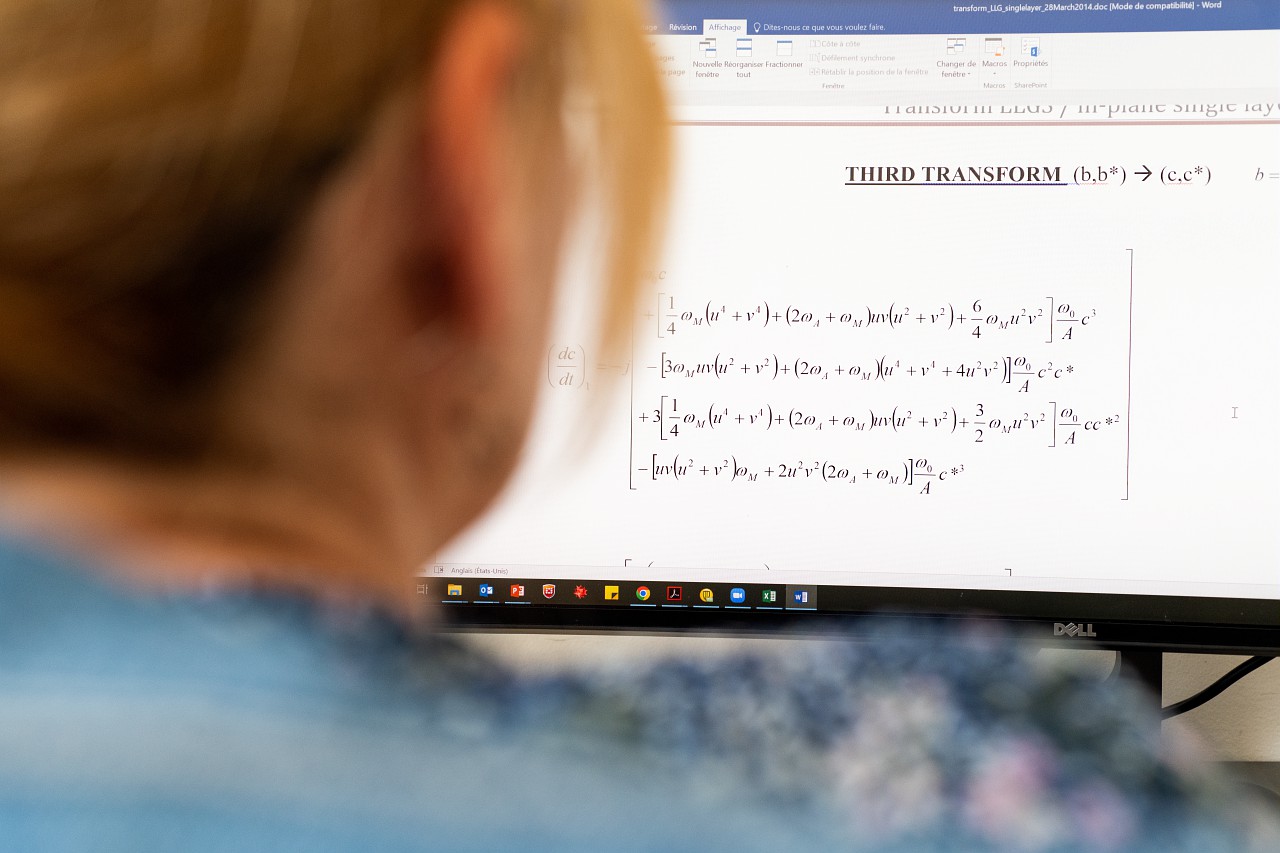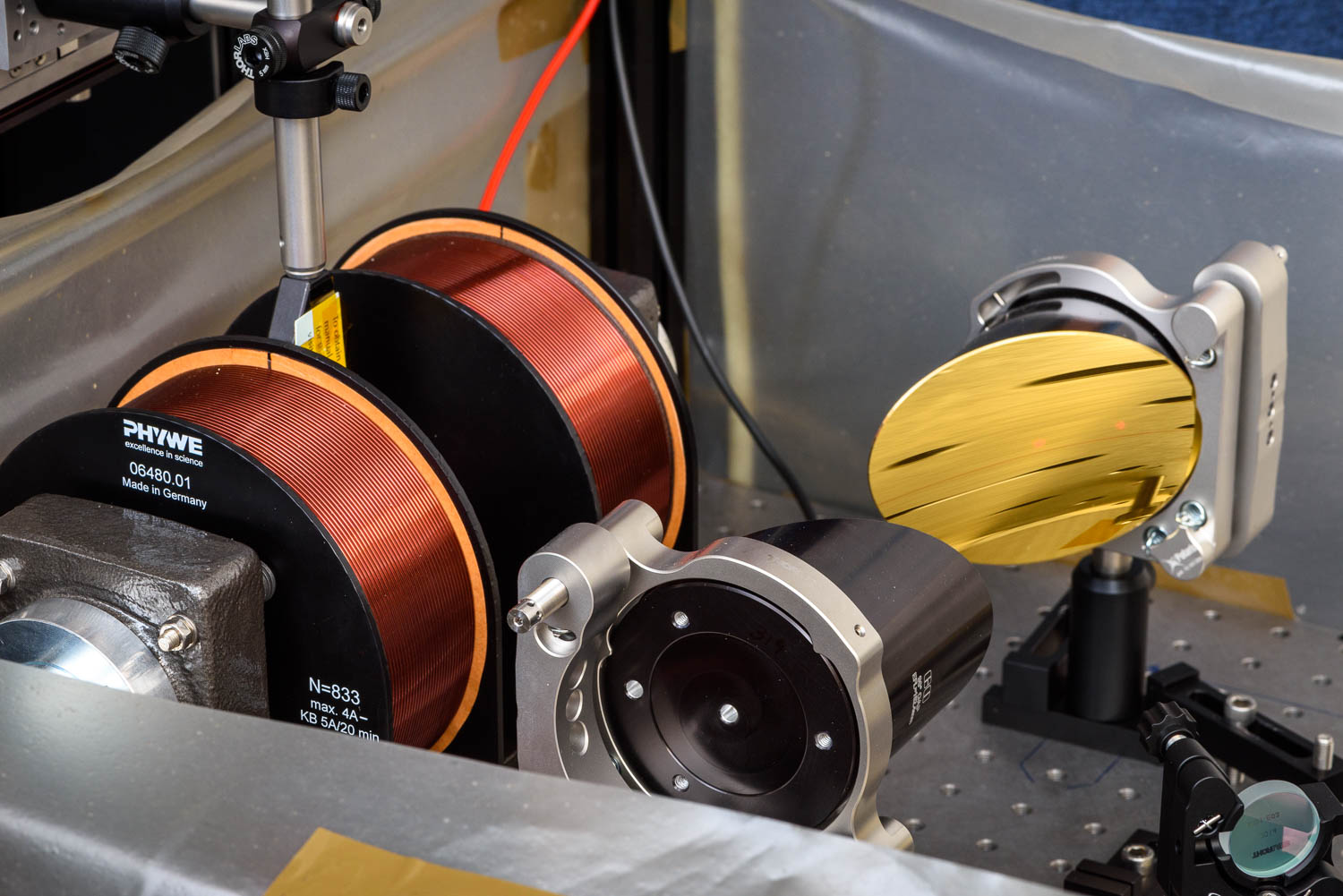
TOAST
Project Manager
Jon Gorchon, researcher at CNRS in Institut Jean Lamour
N° ANR: 22-EXSP-0003
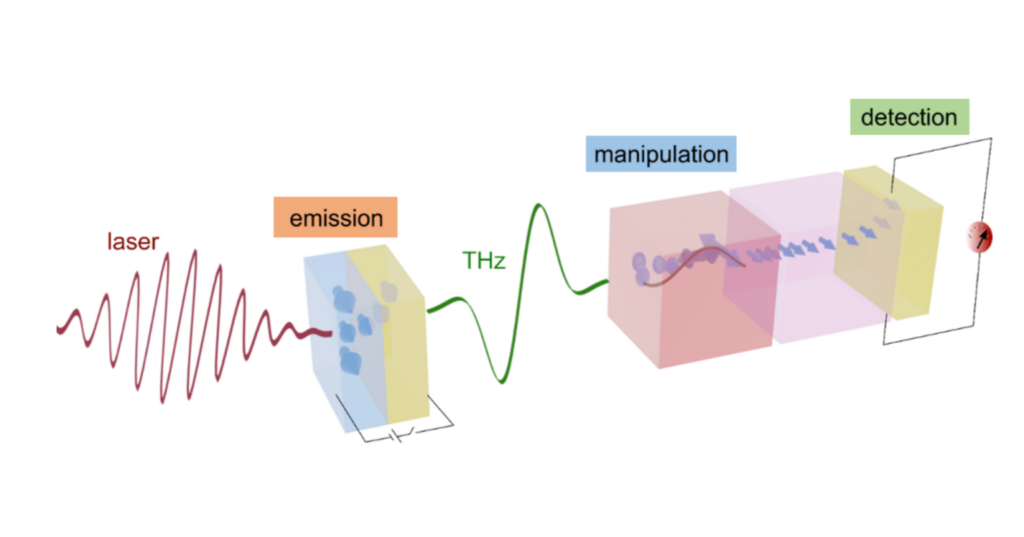
The main objective of the TOAST Targeted Project is to develop a new generation of spintronic components for terahertz technology. Recent advances in ultra-fast spintronics have had a major impact on the terahertz spectral range.
Challenges
> Increase THz emission intensity
> Develop new modulation approache
> Optimize conversion of picosecond spin current pulses into charge current
> Couple the THz signal with antiferromagnetic resonant modes
More precisions
The first generation of terahertz spintronic transmitters are having a major impact on the terahertz spectral range.
These consist of a simple nanometer-thick magnetic heterostructure, capable of efficiently generating very broadband radiation (from 0.3 to 30 THz) when excited by an ultrashort laser pulse. The THz emission obtained by these spintronic devices is virtually independent of the laser wavelength, and the polarization of the emission can be arbitrarily adjusted (by magnetization), making it an incredibly versatile source.
The THz spintronic approach at the heart of the TOAST project promises to have a major impact on emission in the 5-12 THz band, in which current THz sources (e.g. THz quantum cascade lasers) are unable to operate due to the absorption of phonons, the excitation of atoms, in their constituent materials.
As the concept is recent, there is considerable room for improvement in terms of power, modulation and agility. One of the objectives of the TOAST project will be to achieve a transmission power of 0.2 milliWatt and demonstrate fast modulation (Megahertz).
A second objective will concern more fundamental aspects of ultra-fast magnetization dynamics, in particular with antiferromagnetic materials, with the aim of developing spintronic terahertz detectors. On-chip spin components could cover the entire chain of transmitting, manipulating and reading out spin-based information.
The consortium
Institut Jean Lamour (CNRS, Nancy), Laboratoire Albert Fert (CNRS, Palaiseau), Service de Physique de l’Etat Condensé (CEA, Gif-sur-Yvette), SPINTEC (CEA, Grenoble), Laboratoire de Physique de L’Ecole Normale Supérieure (CNRS, Paris), Institut de physique et de chimie des matériaux de Strasbourg (CNRS, Strasbourg), Institut Jean Lamour (Université de Lorraine), Institut des Molécules et Matériaux du Mans (Le Mans Université), Laboratoire National des Champs Magnétiques Intenses (CNRS, Grenoble), Institut d’Électronique, de Microélectronique et de Nanotechnologie (CNRS, Villeneuve-d’Ascq)
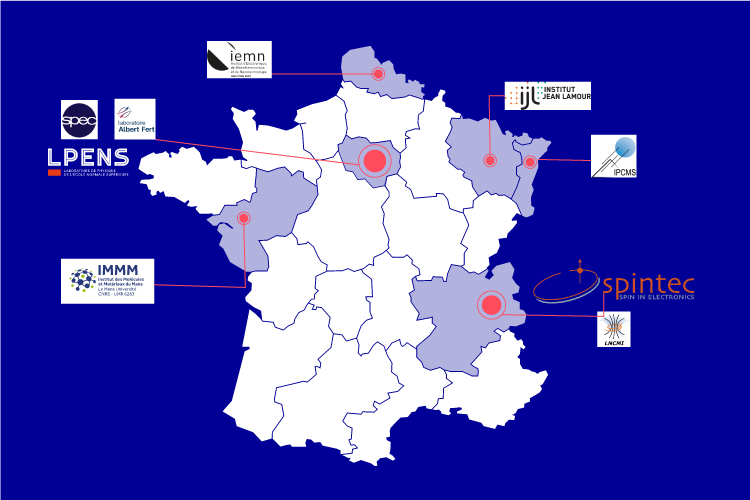
TOAST project publications
Les autres projets PEPR
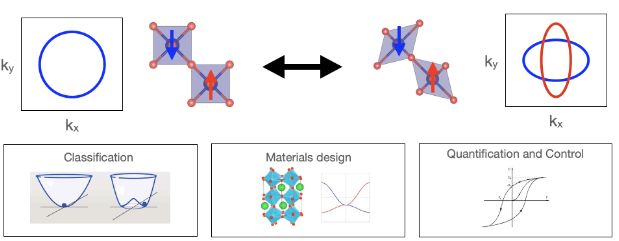
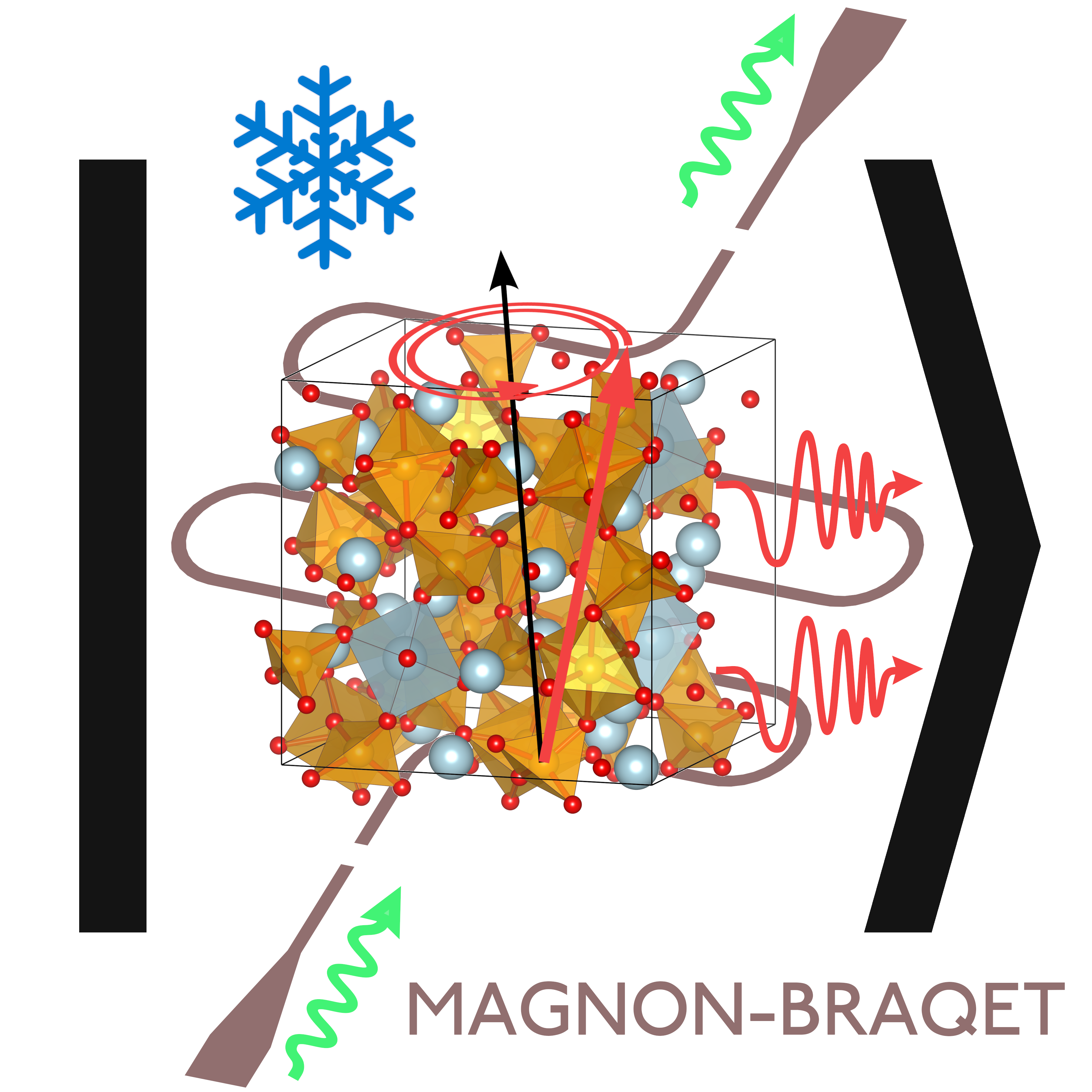
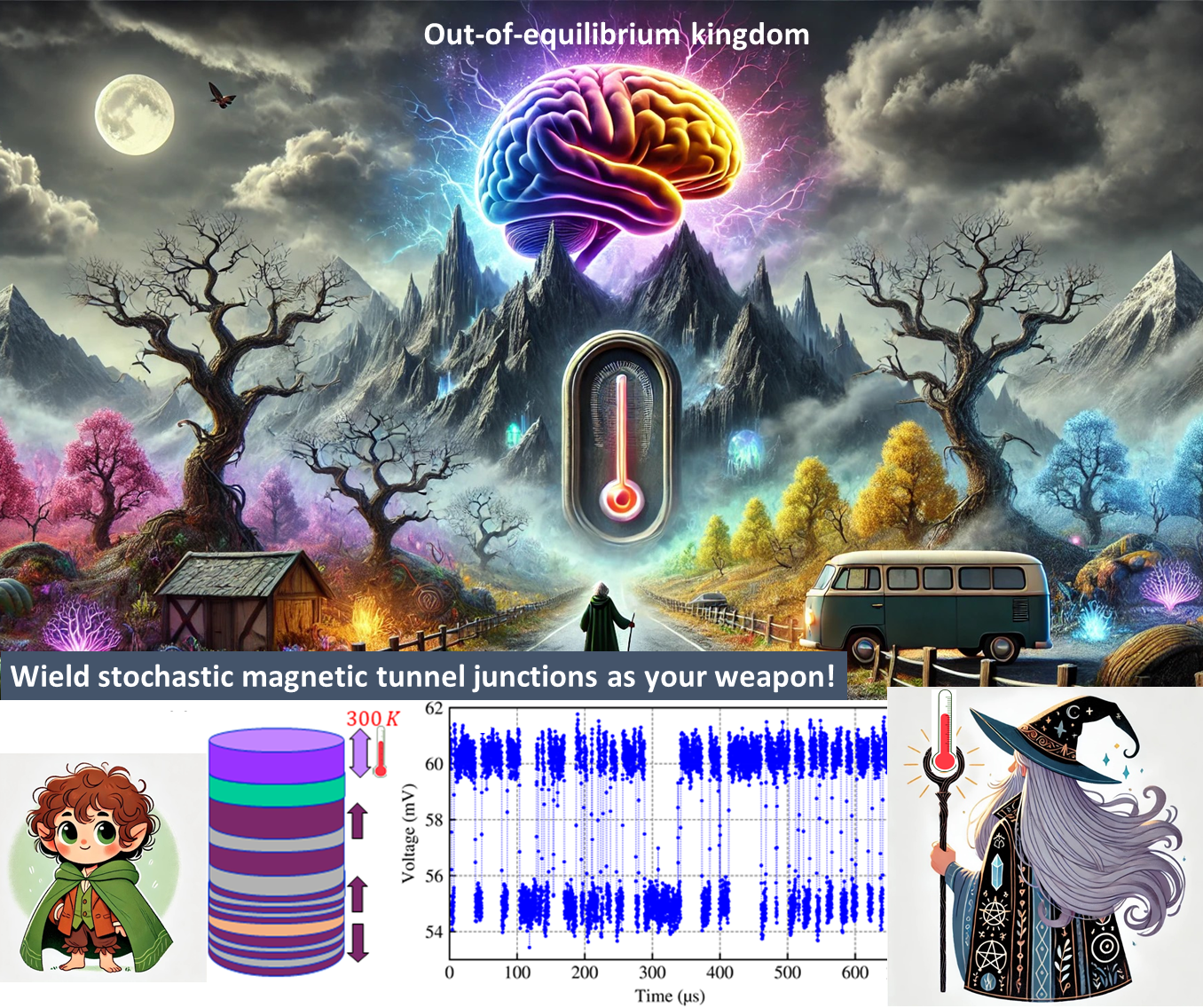
HOBBIT
Harnessing out-of-equilibrium spintronics in self-adaptative brain-inspired networks
Voir plus
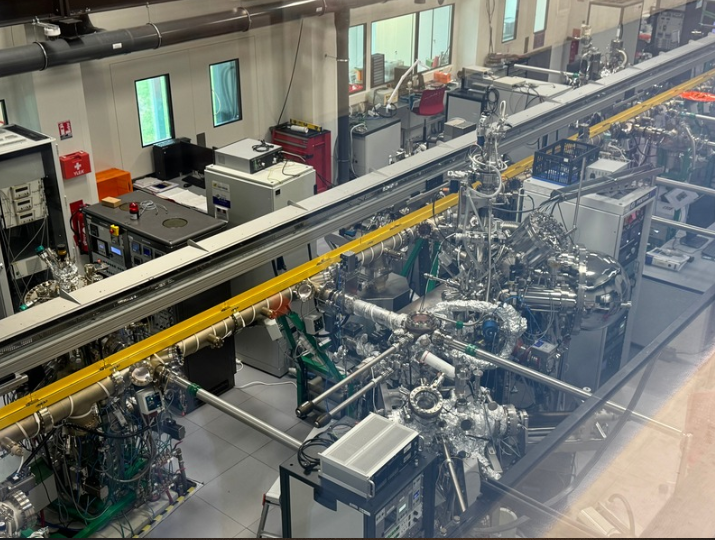
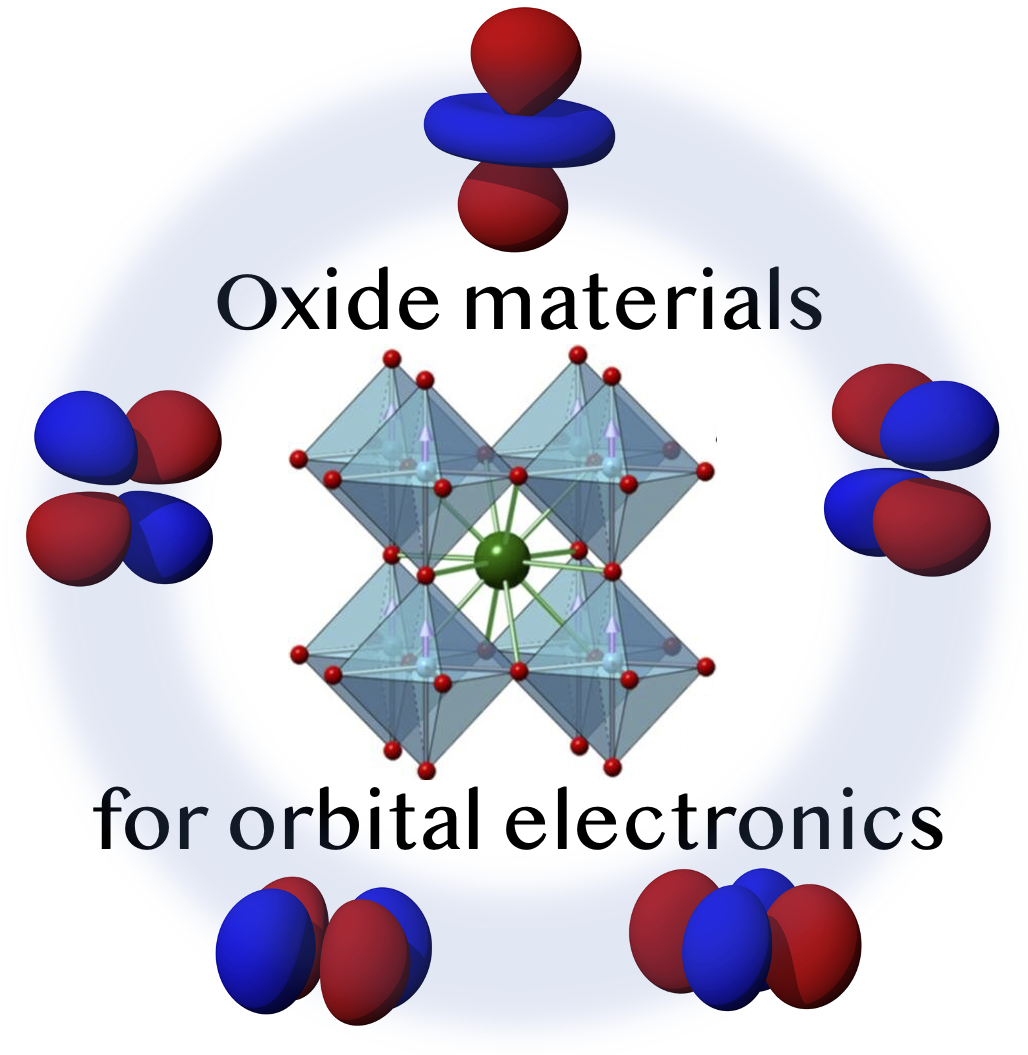
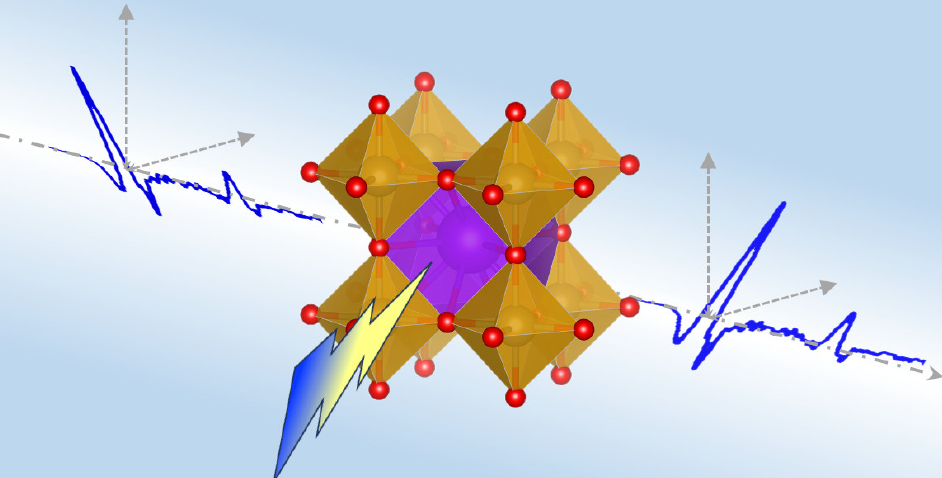
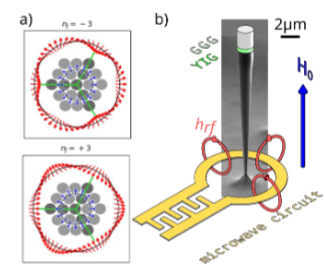
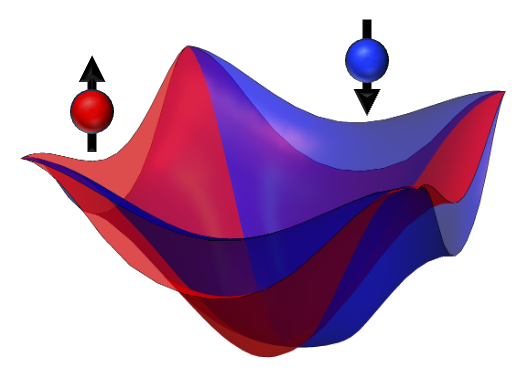
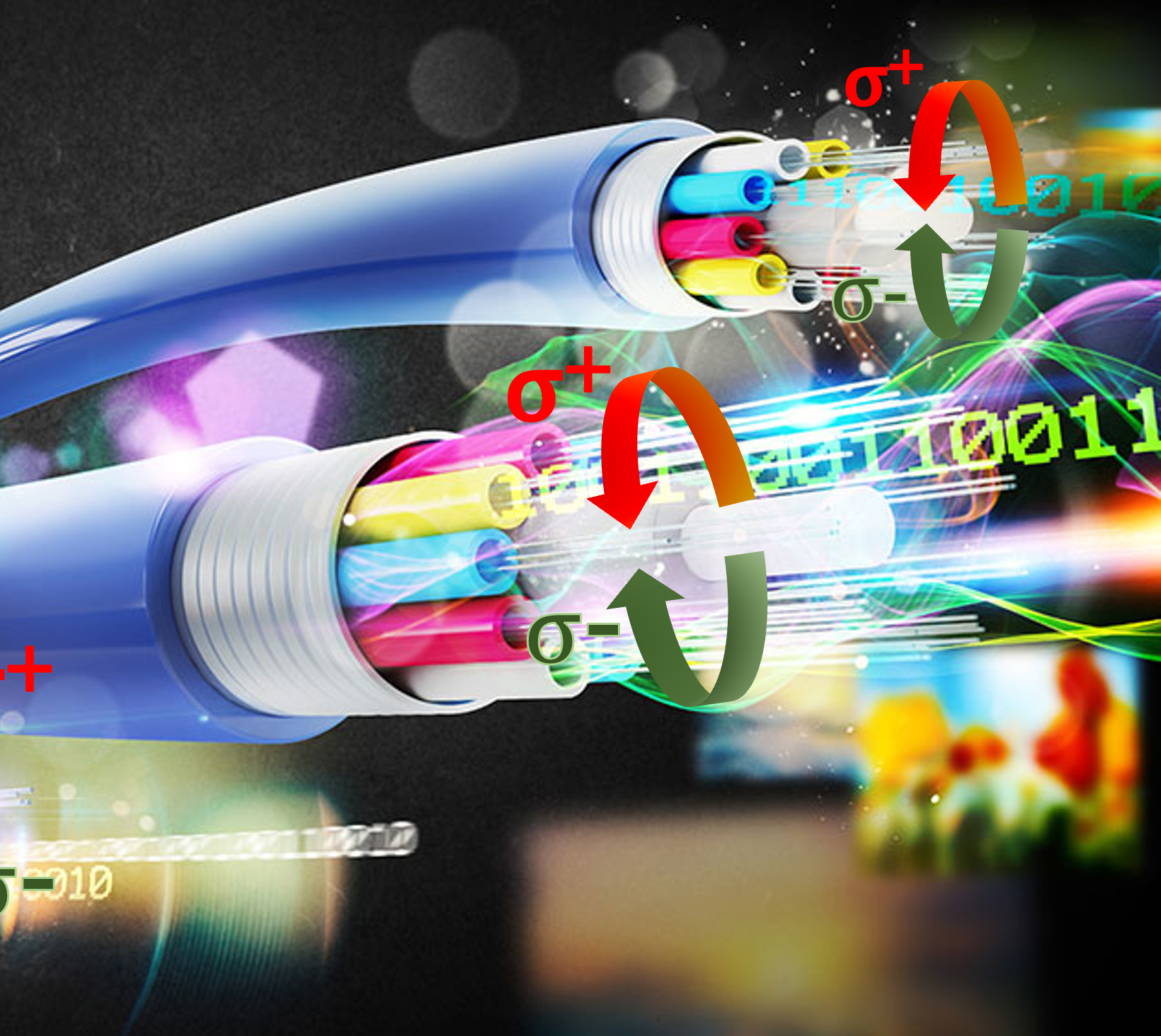
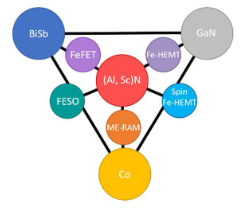
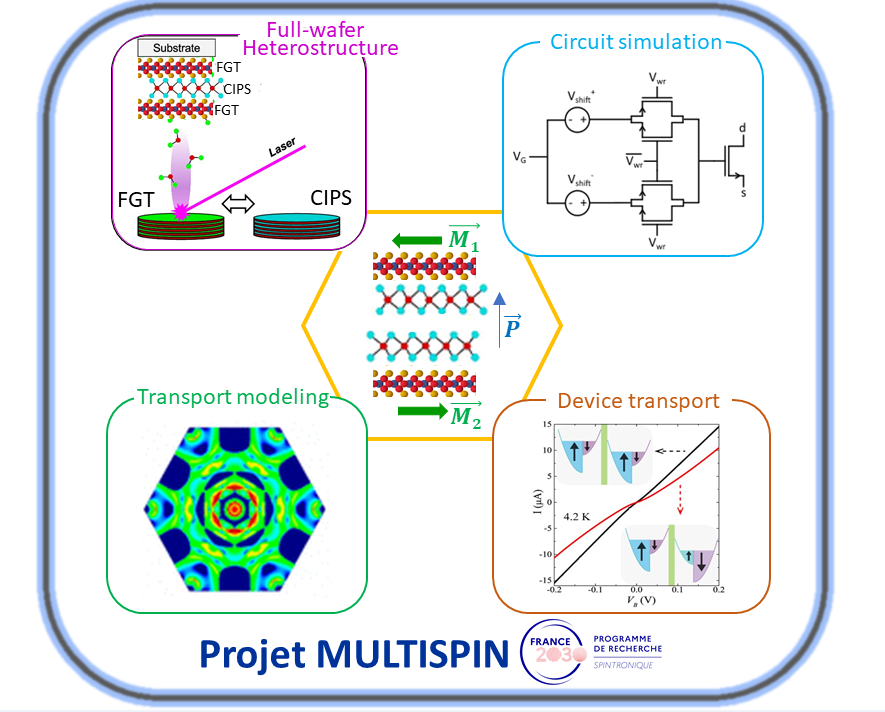
Multispin
Van der Waals Multiferroic Heterostructures for Logic-In-Memory Spintronic Devices
Voir plus
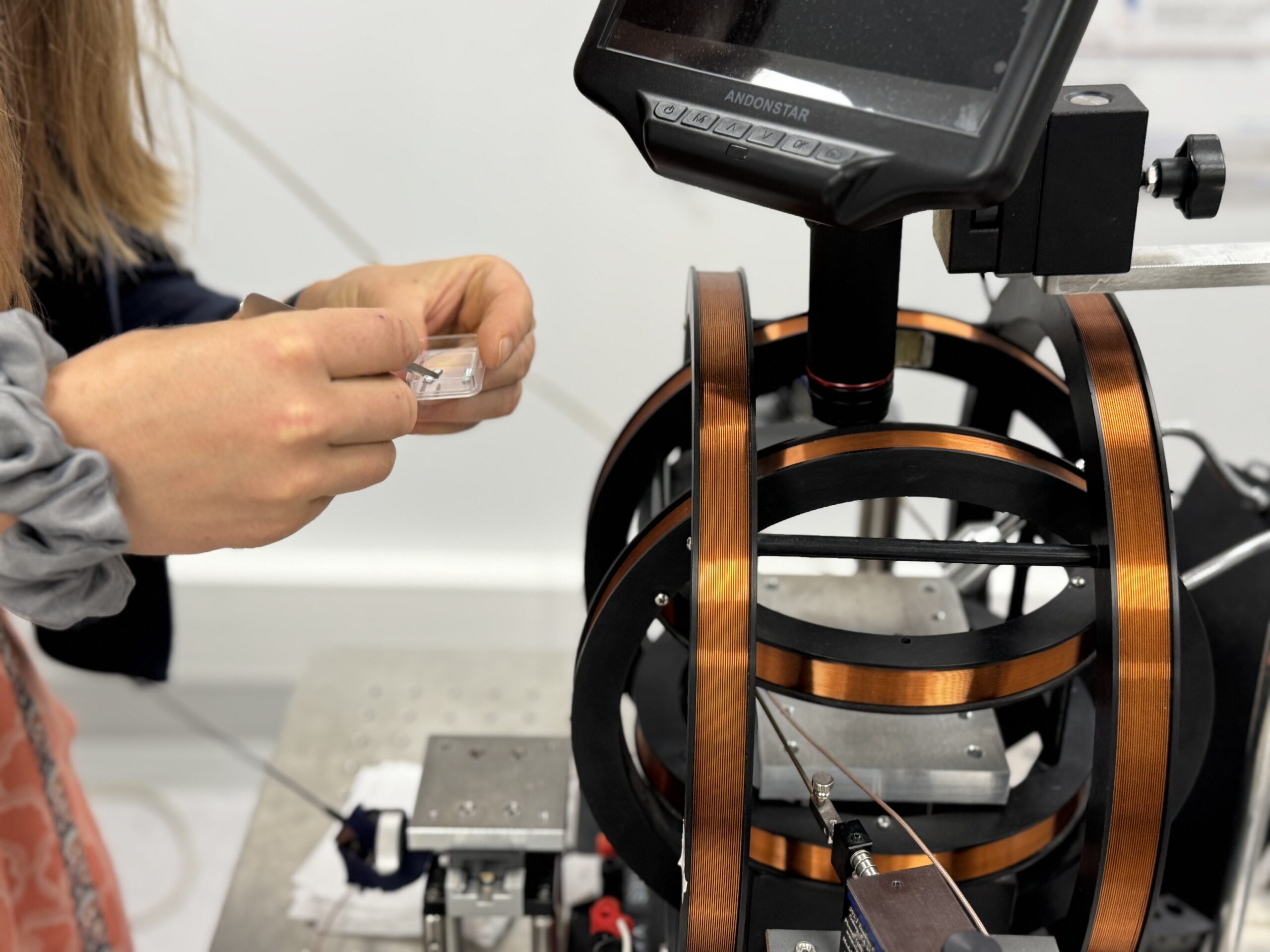
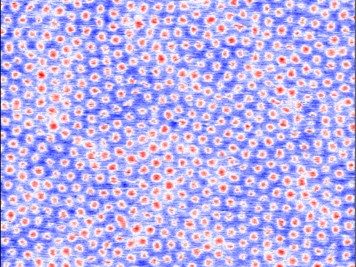
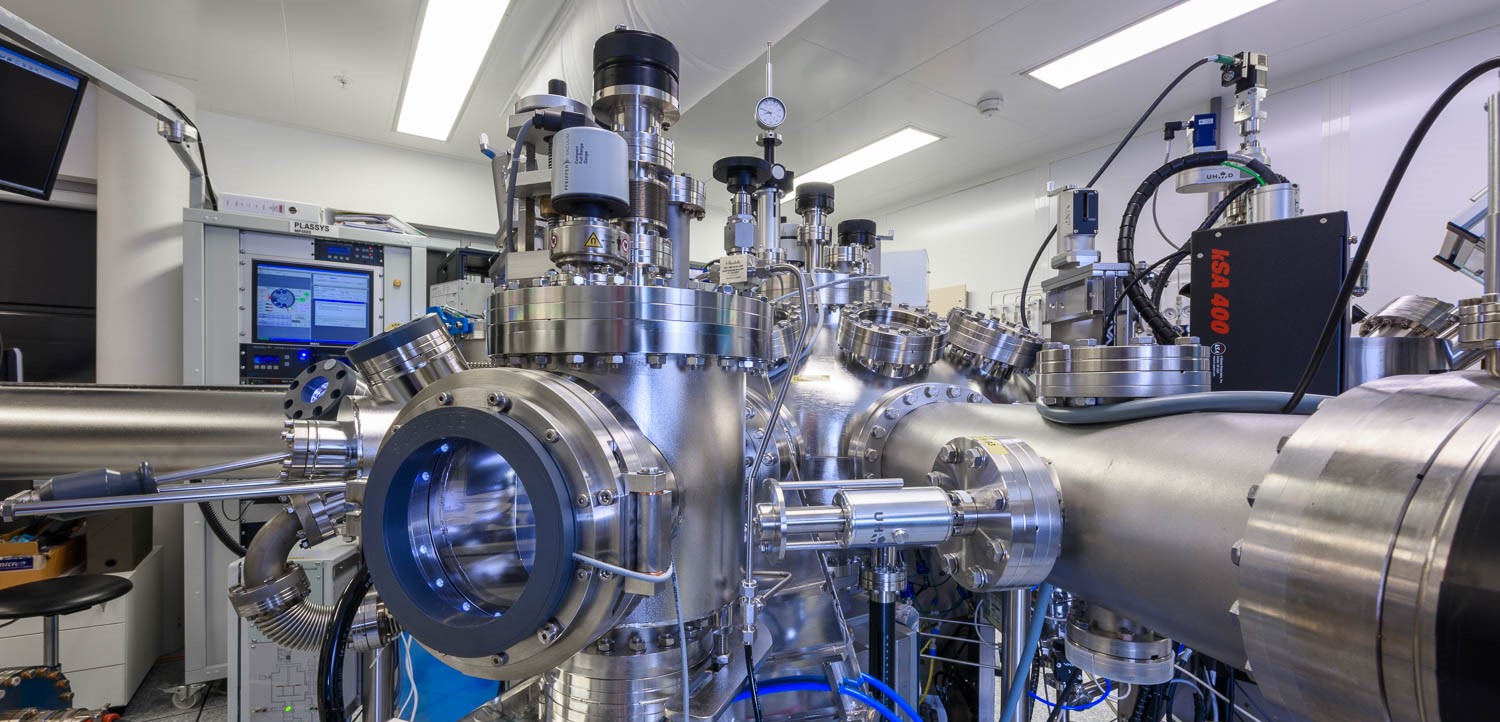
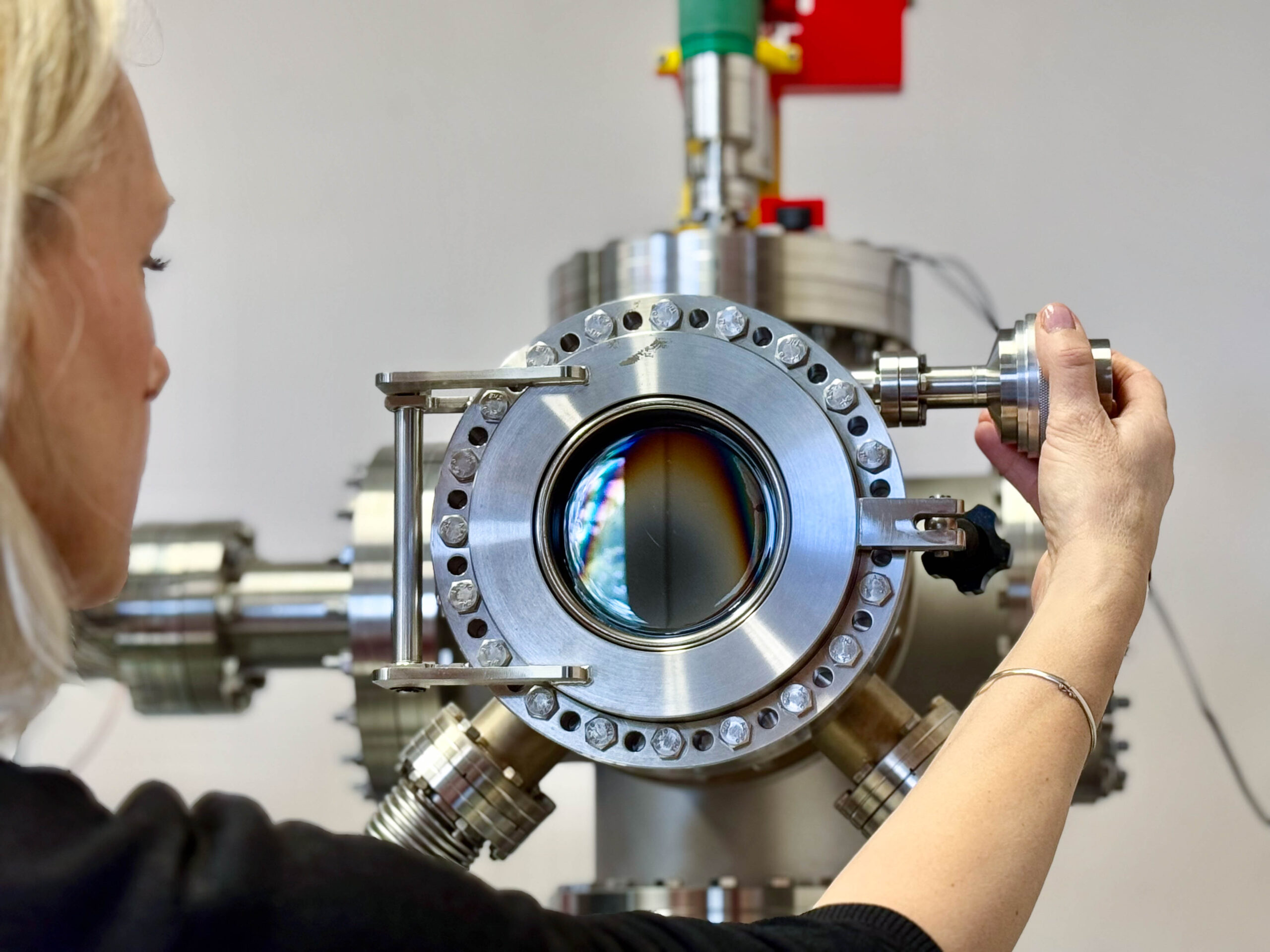
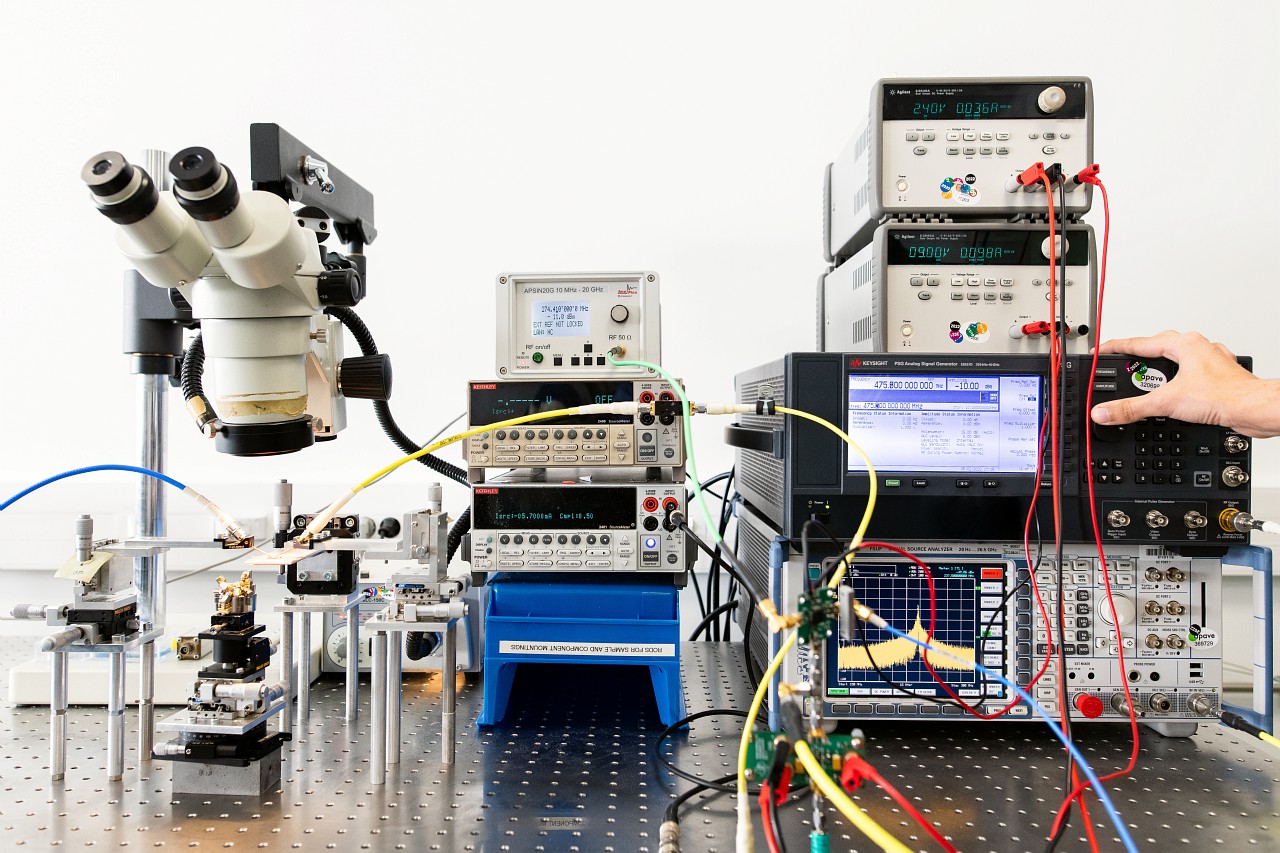
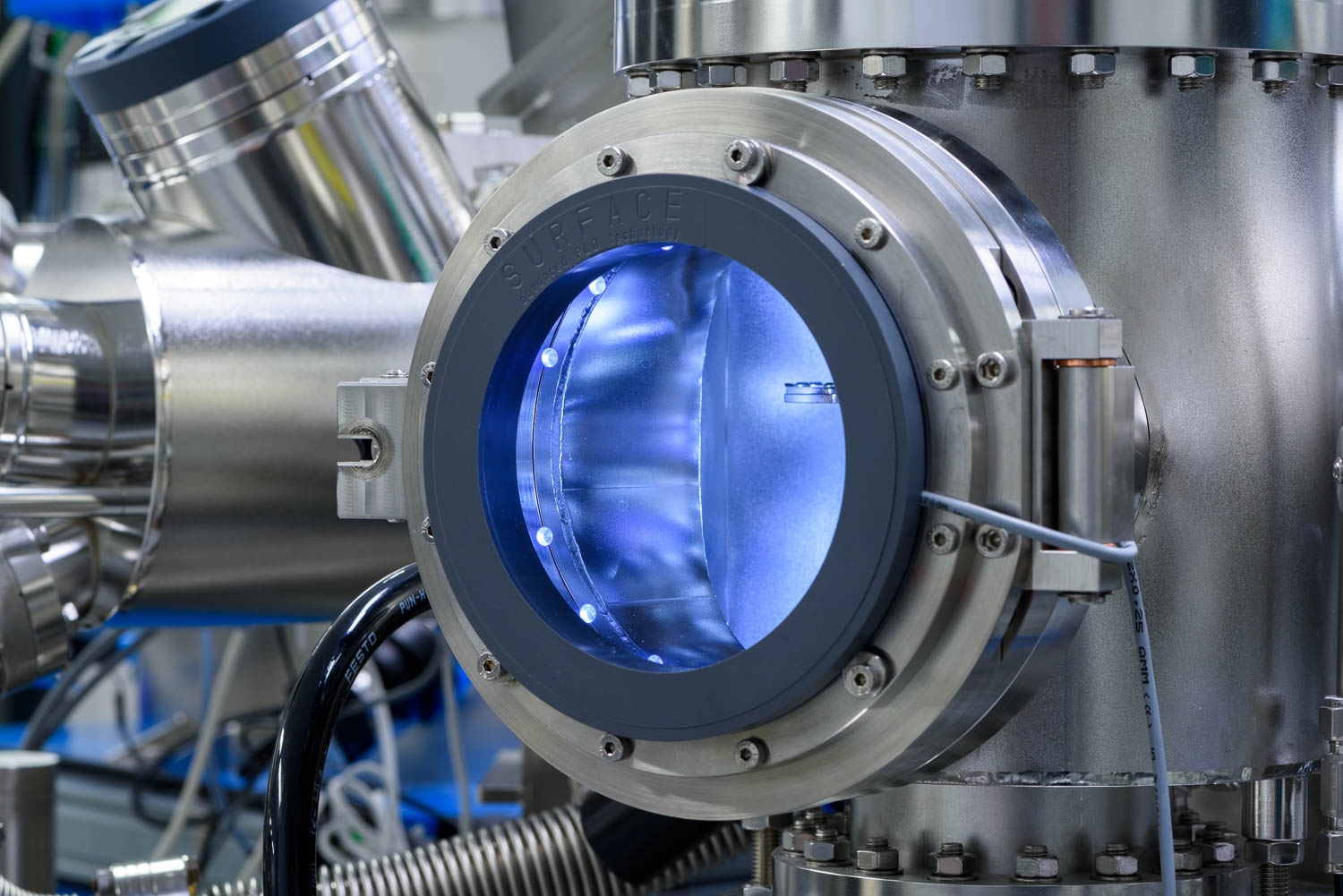
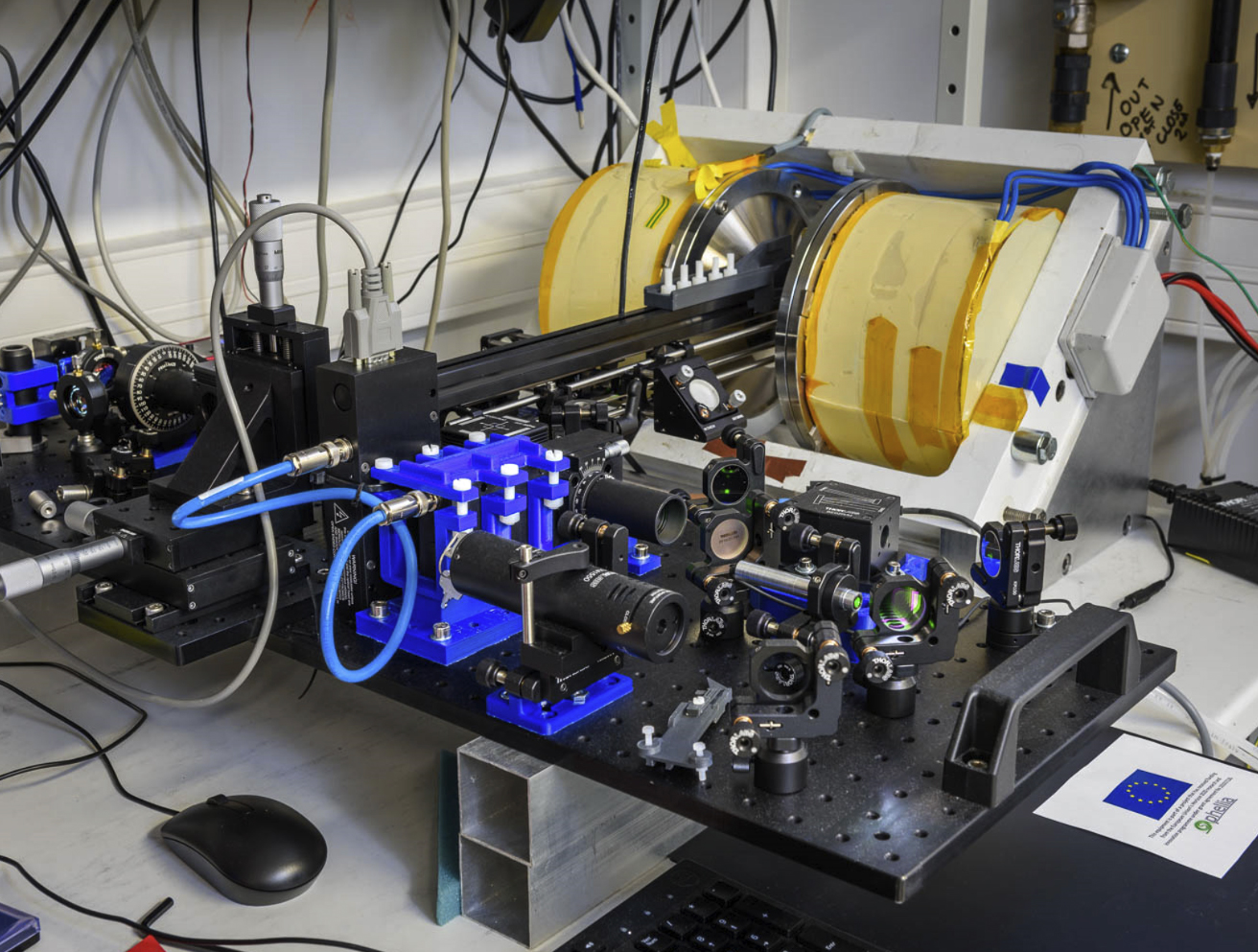
SPINCHARAC
SPINCHARAC Project Manager Lucian Prejbeanu, Director of Laboratory SPINTECN°ANR: 22-EXSP-0008 The SPINCHARAC…
Voir plus

